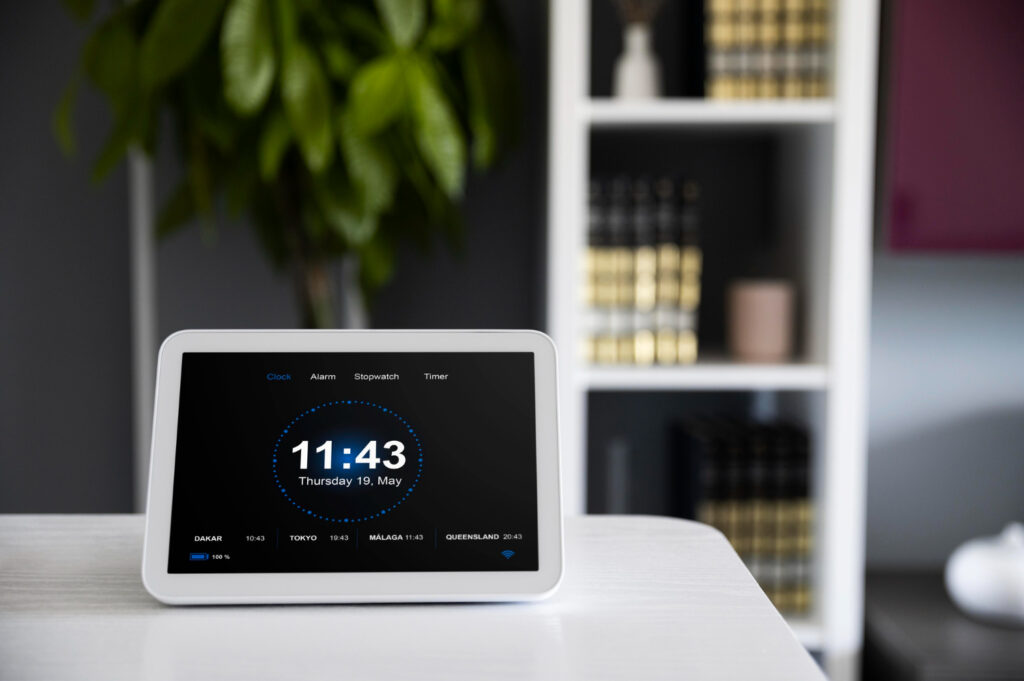Integrating Smart Devices: A Beginner’s Guide
If you’re just starting your smart home journey, the world of connected devices might seem overwhelming at first. From smart thermostats and video doorbells to voice assistants and automated lights, the options are endless.
But here’s the good news: building a smart home doesn’t require tech expertise or a massive budget. With the right guidance, you can start small and expand your system over time. In this beginner-friendly guide, we’ll break down how to integrate smart devices into your home, step-by-step.
Table of Contents
Why Integrate Smart Devices?
Integrating smart devices means more than just using them individually—it’s about creating a connected ecosystem where devices work together to automate, secure, and simplify your daily life.
Benefits include:
- Centralized control via voice or app
- Enhanced security and peace of mind
- Energy efficiency and reduced utility costs
- Improved comfort and convenience
- Real-time monitoring and remote access
Step 1: Choose Your Smart Home Ecosystem
Before buying devices, decide which ecosystem you’ll use as the “brain” of your smart home. The top three platforms are:
- Amazon Alexa
- Google Assistant
- Apple HomeKit (Siri)
Each ecosystem has strengths, so pick one based on the devices you already own and your preferences for voice control, app interface, and compatibility.
Check out our Voice Assistant Devices to get started with the right smart hub.
Step 2: Start with Core Devices
To avoid overwhelm, begin with a few essential smart devices that provide the biggest impact:
- Smart lights (bulbs and light strips)
- Smart plugs (turn any device into a smart one)
- Smart thermostat (for energy efficiency)
- Smart security camera or video doorbell
These core devices are easy to set up and work great together when integrated through your chosen ecosystem.
Browse our Smart Home Starter Kits for handpicked bundles perfect for beginners.
Step 3: Set Up a Smart Hub or App
Most smart ecosystems let you manage devices from your phone. Install the companion app (e.g., Alexa, Google Home, Apple Home) and follow the instructions to add and name your devices.
Once connected, you can:
- Control devices manually
- Group devices by room
- Create scenes or routines (e.g., “Good Morning” to turn on lights + play music)
- Schedule actions (e.g., turn off plugs at night)
Explore Smart Lighting Products that integrate smoothly with Alexa and Google Home.
Step 4: Use Voice Commands and Automations
Once your devices are integrated, use voice assistants to simplify daily tasks:
- “Alexa, turn off all the lights.”
- “Hey Google, set the thermostat to 72 degrees.”
- “Siri, open the front door camera.”
You can also create automations based on:
- Time of day (e.g., sunset triggers lighting)
- Location (e.g., lights turn off when you leave home)
- Sensor input (e.g., motion detected triggers security camera)
View our Smart Motion Sensors & Security Devices to expand your automation potential.
Step 5: Expand Your Smart Home Over Time
The beauty of smart homes is that you can grow your system gradually. Once the basics are in place, consider adding:
- Smart locks
- Smart blinds and curtains
- Smart kitchen appliances
- Air purifiers or humidifiers
- Leak detectors and smoke alarms
Consumer Reports: Best smart home devices for every room
Common Mistakes to Avoid
- Mixing incompatible brands – Always check for compatibility with your chosen ecosystem.
- Skipping updates – Regular firmware updates ensure security and performance.
- Overcomplicating too soon – Start simple, then expand.
- Ignoring security – Use strong passwords and enable 2FA for all connected accounts.
Final Thoughts: Build Smart, Live Smarter
Integrating smart devices doesn’t have to be complicated. Start small, choose the right ecosystem, and add devices that truly improve your day-to-day life. Within a few weeks, you’ll wonder how you ever lived without it.
Ready to build your connected home?
Explore our full Smart Home Essentials Collection for beginner-friendly devices and kits.


